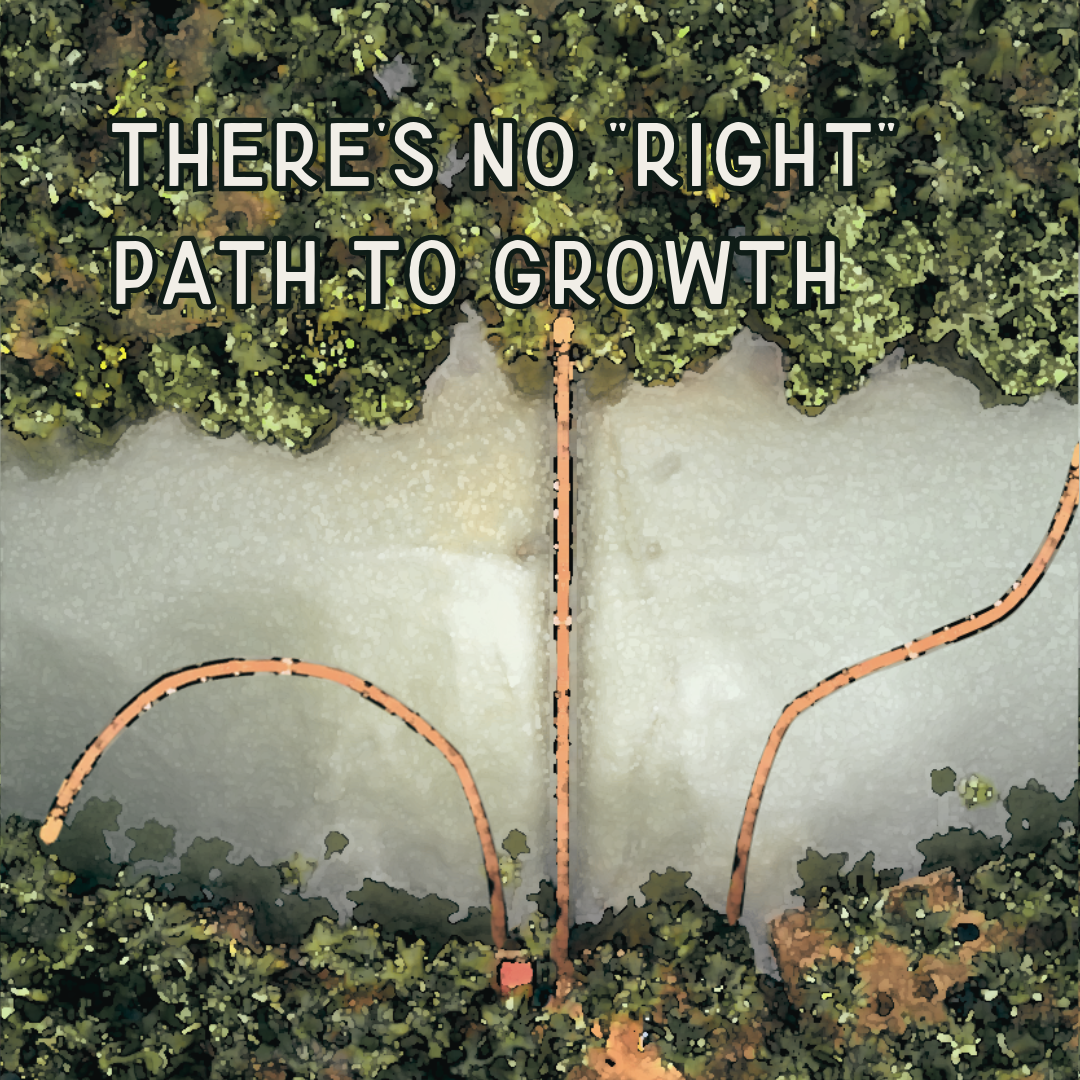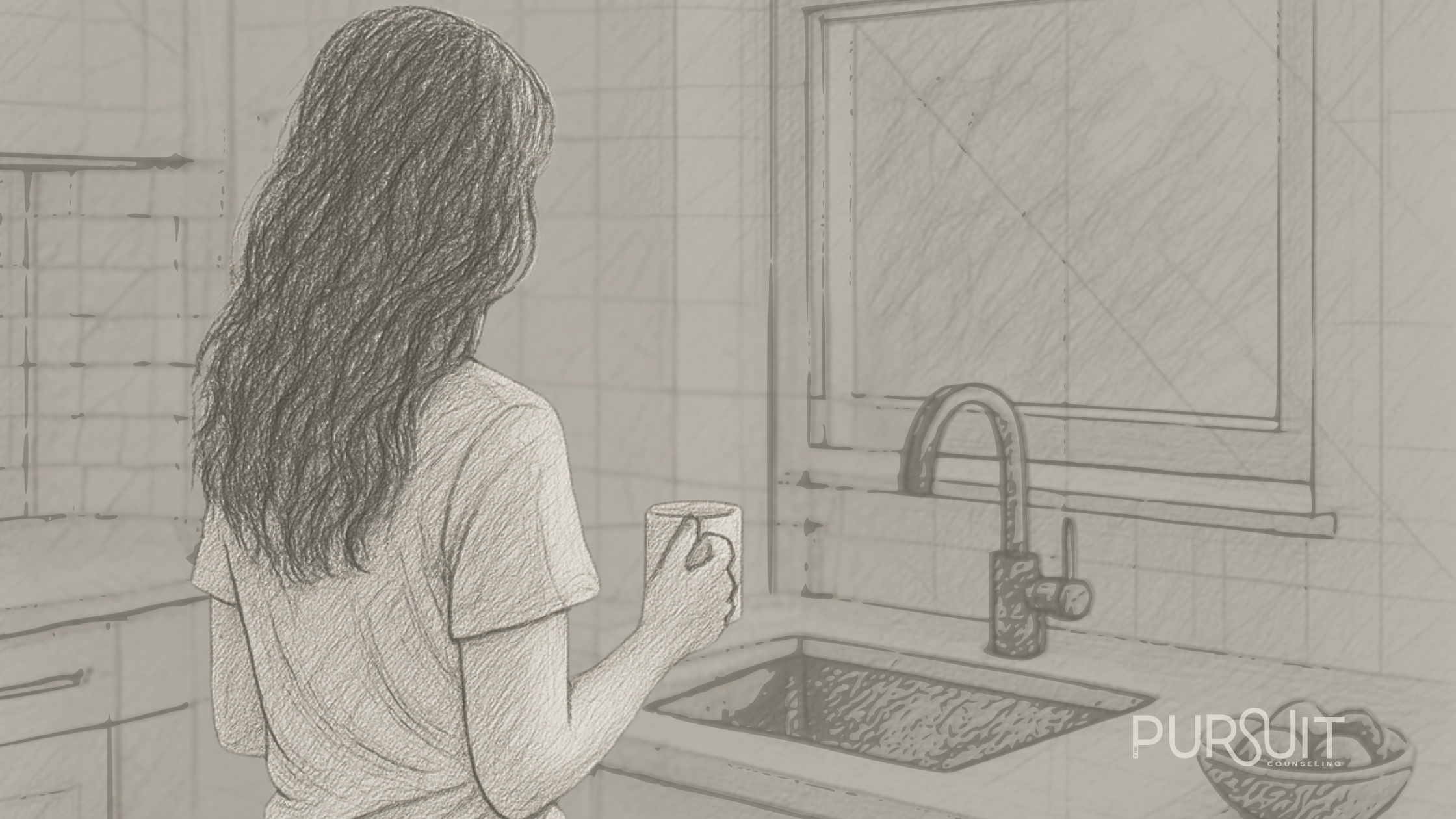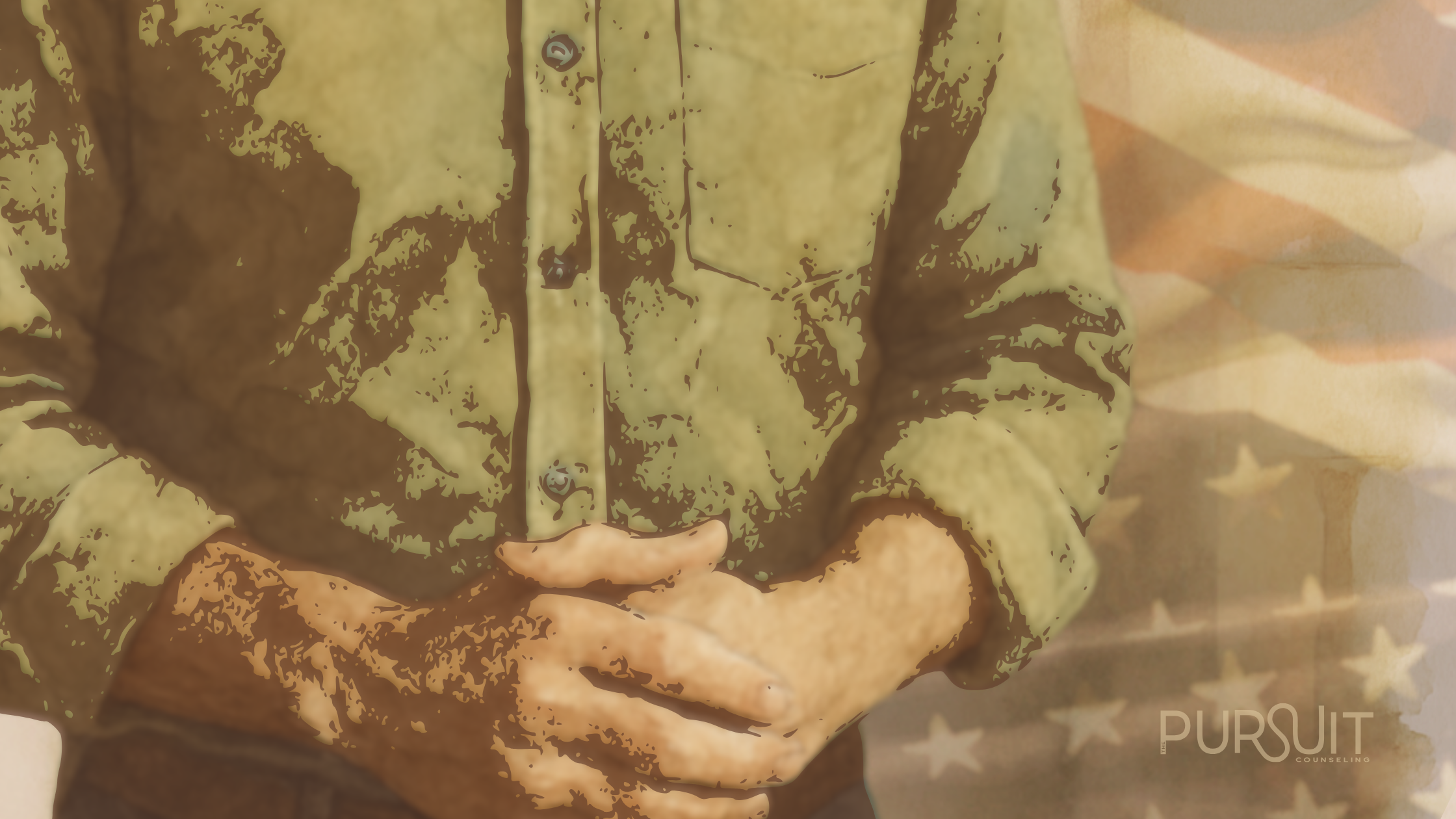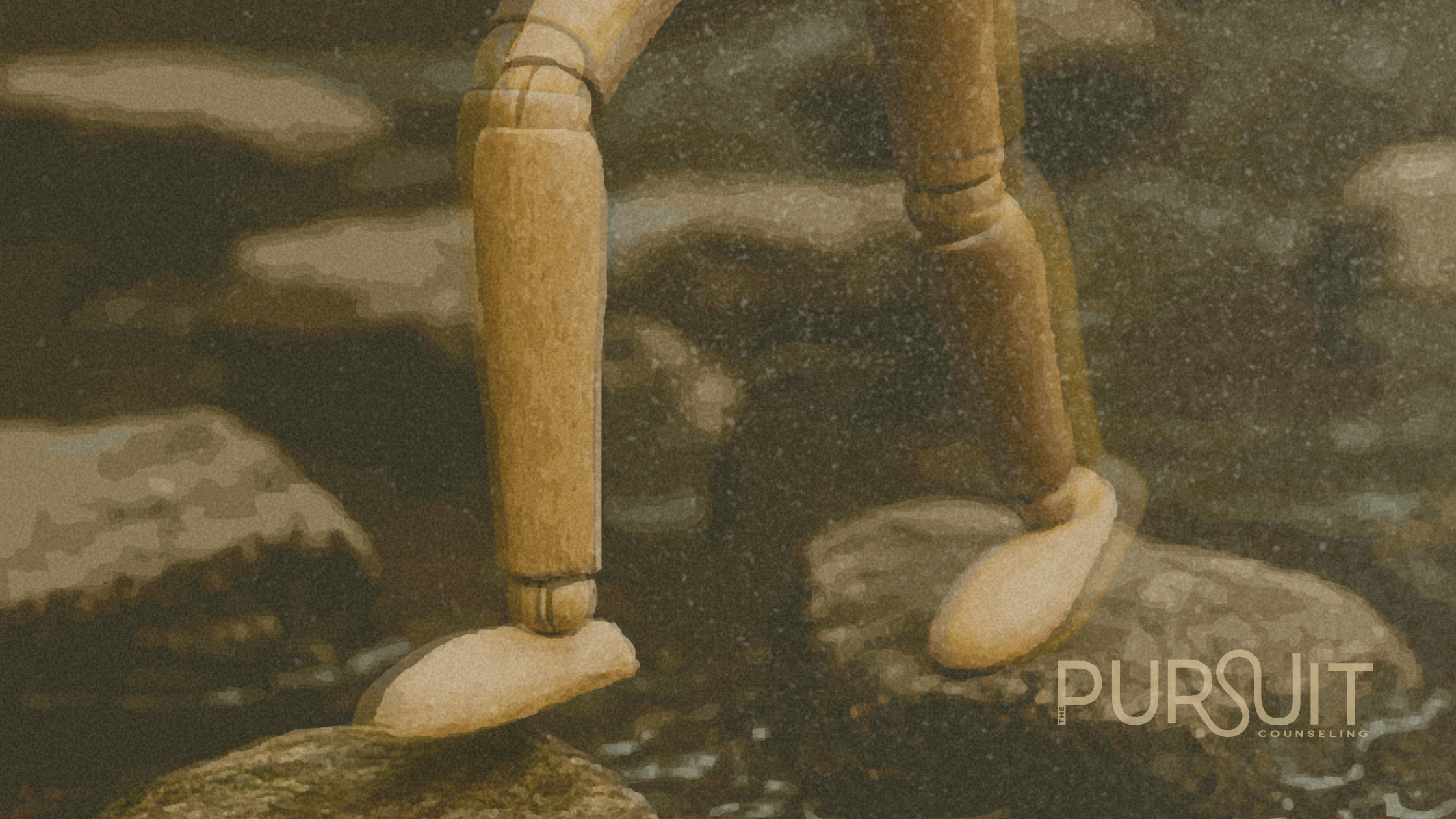You keep ending up in the same toxic relationship situation, with the same type of person, over and over. It’s not bad luck—it’s a pattern. Let’s break the cycle.
If you’re divorced and find yourself repeatedly caught in unhealthy relationship dynamics, you’re not alone. Many people unconsciously fall into the same toxic relationship patterns, shaped by past experiences, childhood attachment styles, and personal insecurities. The good news? You can change these patterns once you recognize them.

The Role of Divorce, Parenting, and Blended Families
For those who have experienced divorce, parenting, co-parenting, or blending families, these patterns can be even more deeply ingrained. It’s easy to repeat the same relationship dynamics from your previous marriage if you are not purposeful about learning from past experiences and actively working on healing your attachment style. Co-parenting can bring unique challenges, requiring strong communication skills and emotional intelligence to navigate successfully. Blending families can also surface old wounds and test unresolved emotional triggers. Being intentional about self-growth and emotional healing is essential to fostering healthier relationships moving forward.
Drawing from Amir Levine and Rachel Heller’s book Attached, which explores attachment theory, let’s break down three common toxic relationship patterns and how to overcome them.
1. The Anxious-Avoidant Trap
One of the most frustrating toxic relationship patterns people fall into is the anxious-avoidant cycle. This occurs when someone with an anxious attachment style—who craves closeness and reassurance—ends up with someone who is avoidant, meaning they fear emotional intimacy and pull away when things get too close.
How it plays out:
- You feel insecure and seek constant reassurance.
- Your partner withdraws, making you feel even more anxious.
- The more you chase, the more they pull away.
- The relationship becomes a cycle of highs and lows, never fully stable.
Breaking the cycle:
- Recognize your attachment style. If you’re anxious, work on self-soothing and finding security within yourself rather than seeking it externally.
- Look for partners with secure attachment styles who are capable of consistent emotional connection.
- Practice clear, direct communication about your needs without fear of abandonment.
2. Mistaking Chemistry for Compatibility
Many people with toxic relationship patterns mistake intense attraction for a deep connection. The problem? What feels like instant chemistry is often a reenactment of old wounds.
How it plays out:
- You feel an overwhelming, magnetic pull toward someone new.
- The relationship starts off intensely, but soon turns chaotic or emotionally exhausting.
- You stay in unhealthy relationships because they feel “exciting” or “meant to be.”
Breaking the cycle:
- Slow down when dating. Take time to evaluate whether someone aligns with your values and emotional needs.
- Pay attention to how they make you feel—not just in moments of passion, but in everyday interactions.
- Remember that stability and emotional safety are more important than intensity.
3. Ignoring Red Flags for the Sake of Hope
By midlife, many people are hopeful for a lasting relationship, but this can sometimes lead to ignoring early warning signs. Here is another toxic relationship pattern.
How it plays out:
- You justify behavior that makes you uncomfortable.
- You tell yourself they’ll change, or that you can fix them.
- You invest time and energy in a relationship that drains you rather than fulfills you.
Breaking the cycle:
- Trust your intuition. If something feels off, don’t dismiss it.
- Establish non-negotiables. What are your dealbreakers? Stick to them.
- Remember that love should feel safe, not like an emotional rollercoaster.
Moving Forward: Creating Healthier Relationship Patterns
The first step in breaking these toxic relationship patterns is self-awareness. By understanding how your attachment style influences your dating choices, you can make more intentional decisions about the relationships you pursue.
Practical Steps to Change Your Dating Patterns:
- Reflect on past relationships. Write down the common themes and emotional patterns you notice.
- Work on self-growth. Therapy, coaching, or personal development books (like Attached) can help you understand and heal old wounds.
- Date with intention. Instead of falling into relationships, consciously choose partners who align with your emotional needs and values.
Breaking free from toxic relationship patterns is possible. It requires courage, self-reflection, and a willingness to shift old habits. But the reward? A relationship that is truly fulfilling, stable, and emotionally healthy.
At The Pursuit, we believe in empowering you to live your best life. Located in Fayetteville, GA near Town at Trilith and Trilith Studios, our team of skilled therapists is dedicated to providing exceptional, personalized counseling services. Whether you’re seeking support for life transitions, anxiety, trauma, or personal growth, we prioritize evidence-based strategies, compassion, and tailored treatment plans to meet your unique needs.
Your journey toward a happier, healthier, and more fulfilling life begins here. Ready to take the first step? Click “Book Now” to start your Pursuit of meaningful change and personal growth.
Continue reading to explore how The Pursuit can help you navigate life’s challenges with confidence and clarity.




